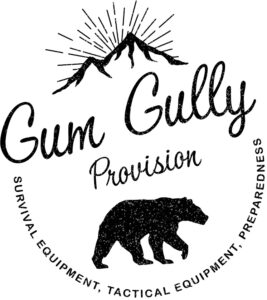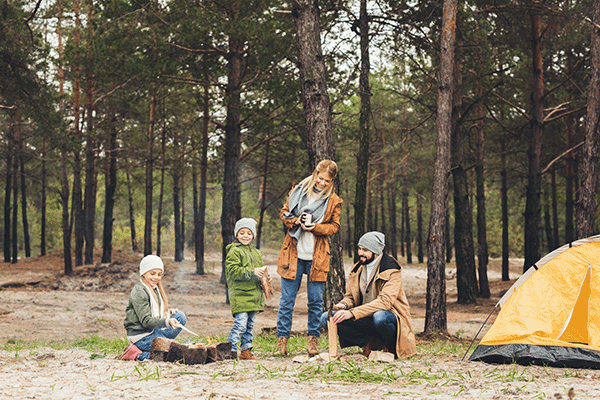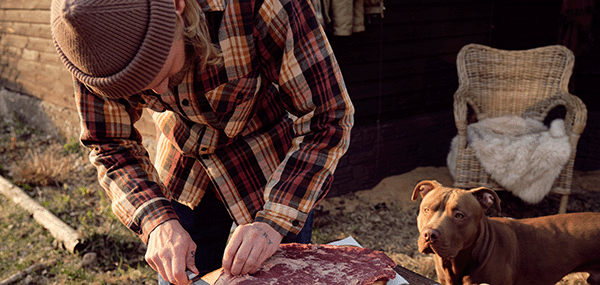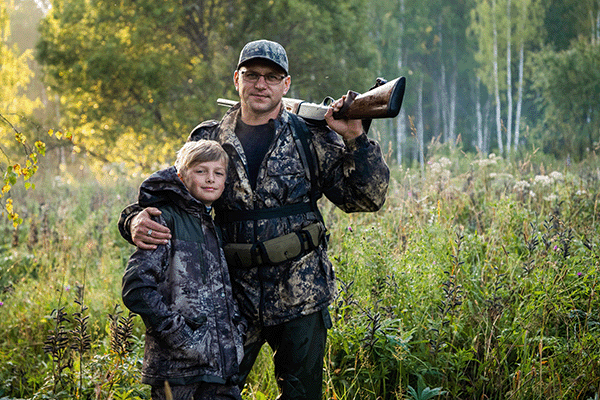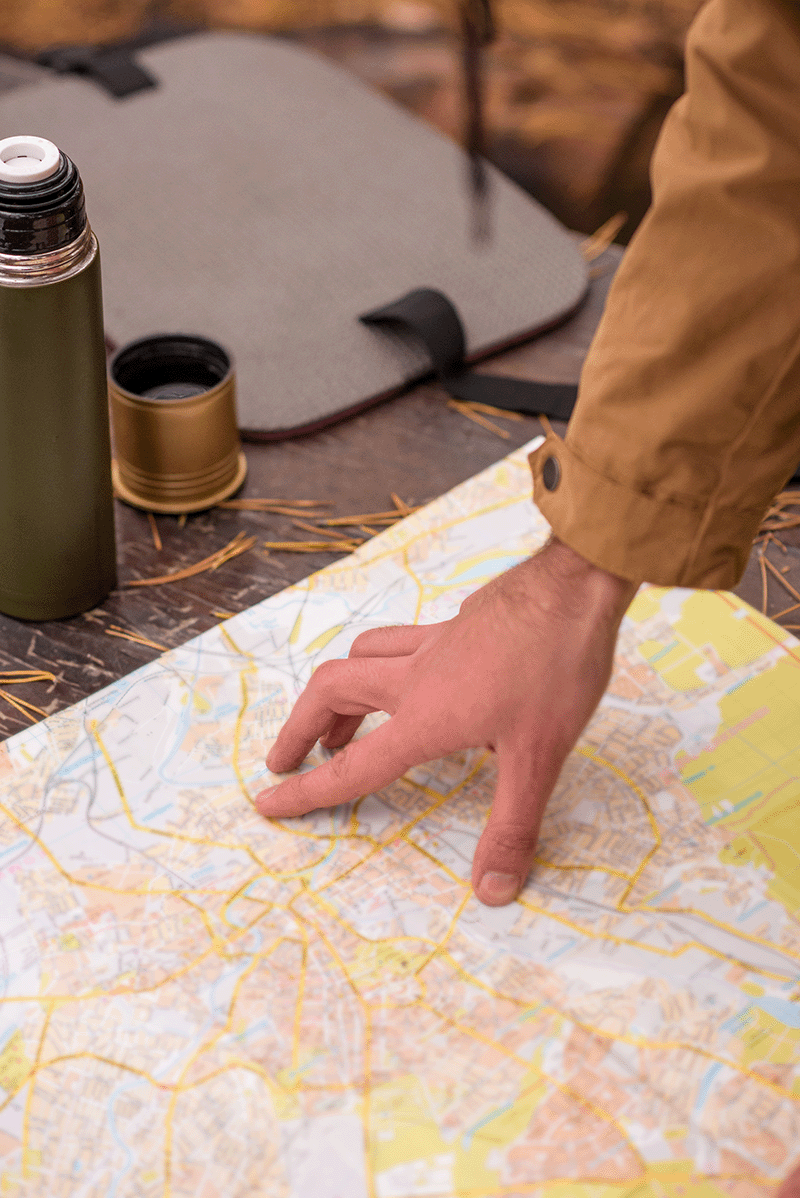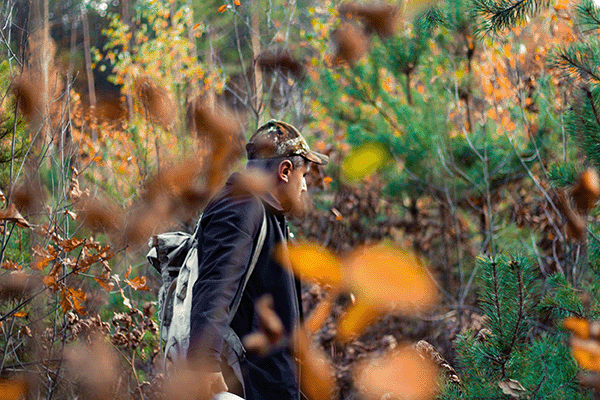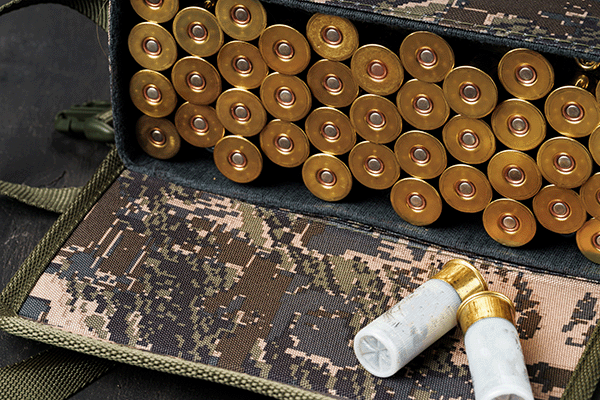
Choosing the right ammunition for self-defense is a critical decision for firearm owners. Whether you’re protecting your home, your loved ones, or yourself, your choice of ammunition can directly impact the effectiveness of your weapon and the level of safety in dangerous situations. But with dozens of calibers, types, and brands available on the market, how do you decide what’s best for personal defense?
This blog provides a comprehensive guide to help firearm owners and personal safety advocates make informed decisions about the best ammunition for self-defense. From understanding the key factors to consider in selection to exploring the types of ammunition designed for defensive purposes, we’ll cover it all.
By the end of this post, you’ll be equipped with the knowledge you need to make the safest, most effective choice for protecting yourself and those you care about.
Key Factors to Consider for Self-Defense Ammunition
When it comes to self-defense ammunition, a few crucial factors can guide your decision-making process. These considerations help ensure that your ammo is reliable, effective, and suited to your personal needs.
Stopping Power
Stopping power refers to the ability of a bullet to incapacitate a threat quickly. While caliber size plays a role in stopping power, the ammunition’s design is just as important. Defensive rounds are typically engineered to expand upon impact, causing greater damage to the target and limiting the risk of over-penetration. For most firearm owners, hollow points are a popular choice due to their high stopping power.
Penetration Depth
A bullet used for self-defense should penetrate deep enough to hit vital organs, ensuring the immediate cessation of a threat. At the same time, it should not over-penetrate, as this could put bystanders at risk. The FBI recommends a penetration depth of 12 to 18 inches in gel tests as the ideal standard for defensive ammunition.
Reliability
Your ammunition must feed consistently and fire accurately every single time. An unreliable round can lead to failure-to-fire scenarios, which are unacceptable during self-defense situations. Always test your ammunition by firing a few boxes at the range to ensure it works well with your firearm.
Recoil Management
Recoil can affect follow-up shots and your overall accuracy. Depending on your experience level and firearm type, you may want to choose ammunition that balances performance with manageable recoil. For example, 9mm rounds are favored due to their relatively low recoil compared to larger calibers like .45 ACP.
Cost and Accessibility
Premium self-defense ammo can be pricey compared to regular full metal jacket (FMJ) rounds. However, for something as critical as personal safety, the investment is often worth it. Try to choose ammunition that’s consistently available in your area or online to avoid disruptions when replenishing your stock.
Popular Ammunition Types for Self-Defense
Now let’s examine some of the most popular ammunition types available for self-defense. Each type has unique features that make it more or less suitable, depending on your specific needs and preferences.
Hollow Point Rounds
Hollow point ammunition is widely regarded as the gold standard for self-defense. Upon impact, the hollow tip of the bullet expands, creating a larger wound channel and minimizing the chances of over-penetration. These rounds deliver a powerful combination of stopping power and controlled penetration, making them ideal for home and personal defense scenarios.
Popular Hollow Point Options:
- Federal HST
- Speer Gold Dot
- Winchester PDX1 Defender
Full Metal Jacket (FMJ) Rounds
FMJ rounds feature a soft core (usually lead) encased in a harder metal shell. While FMJ bullets are inexpensive and reliable for practice, they’re not recommended for self-defense because they tend to over-penetrate, potentially endangering bystanders. However, they can still work in a pinch if no other option is available.
Jacketed Hollow Point (JHP)
Jacketed hollow points combine the best of both worlds—offering the controlled expansion of hollow points with a jacket of harder metal to ensure reliability and penetration. JHP rounds are an excellent choice for anyone prioritizing both performance and precision.
Popular JHP Rounds:
- Hornady Critical Duty
- Remington Golden Saber Bonded
- Sig Sauer V-Crown
Frangible Rounds
Frangible ammunition is designed to disintegrate upon impact with hard surfaces, reducing the risk of wall penetration or ricochet. While frangible rounds are less powerful than hollow points, they are a safer choice for environments with dense populations or thin wall barriers.
+P and +P+ Ammunition
+P (“overpressure”) and +P+ ammunition are rounds loaded to create higher chamber pressure and velocity. These rounds deliver greater stopping power but may come with increased recoil and wear on your firearm. If you go this route, ensure your firearm is rated to handle +P ammo safely.
Recommended Calibers for Self-Defense
Another critical factor is choosing the right caliber for your firearm and personal needs. Below are the most common calibers used in self-defense situations:
9mm
Known for its balance of power, accuracy, and low recoil, the 9mm is the most popular caliber for self-defense. Its high magazine capacity and affordability make it an excellent choice for both beginners and experienced firearm owners.
Best 9mm Ammo for Self-Defense:
- Federal Premium HST
- Hornady Critical Defense
- Speer Gold Dot
.45 ACP
The .45 ACP is favored for its massive stopping power but tends to produce more recoil. While fewer rounds can be carried in .45 ACP magazines, each shot delivers a significant punch.
Best .45 ACP Ammo for Self-Defense:
- Winchester Black Talon
- Federal Hydra-Shok
- Hornady TAP FPD
.380 ACP
For those who prefer compact firearms, the .380 ACP is a lightweight and easily concealable option. While it may struggle with penetration compared to larger calibers, its reduced recoil makes it manageable for all experience levels.
Best .380 ACP Ammo for Self-Defense:
- Remington Golden Saber
- Hornady Custom XTP
- Federal Hydra-Shok
.40 S&W
The .40 S&W is a middle ground between the 9mm and .45 ACP, offering a balanced mix of stopping power and recoil. It’s widely used by law enforcement agencies but may have stiffer recoil compared to the 9mm.
Best .40 S&W Ammo for Self-Defense:
- Speer Gold Dot
- Federal Premium Tactical Bonded
- Winchester Ranger T-Series
Training and Practice Matter Too
Even the best ammunition cannot compensate for a lack of training and practice. If you’re serious about self-defense, spend time at the range practicing with the ammunition you plan to use in real-life scenarios. This ensures you are familiar with its performance and recoil characteristics. Regular practice will also help you build confidence and improve accuracy under pressure.
You may also consider taking self-defense shooting classes or working with a certified firearms instructor to enhance your skills. Remember, your safety doesn’t just depend on the tools you carry—it depends on how effectively you use them.
Equip Yourself with the Right Tools
Choosing the best ammunition for self-defense is about balancing stopping power, penetration, and reliability. Hollow points and jacketed hollow points remain the top choices for most firearm owners, delivering powerful yet controlled performance when it matters most. At the same time, calibers like the 9mm and .45 ACP offer a wide range of options to fit different needs and preferences.
Explore different options, test them at the range, and invest in your training to ensure you’re fully prepared for any situation. With the right tools and mindset, you can confidently protect yourself and those you care about.
